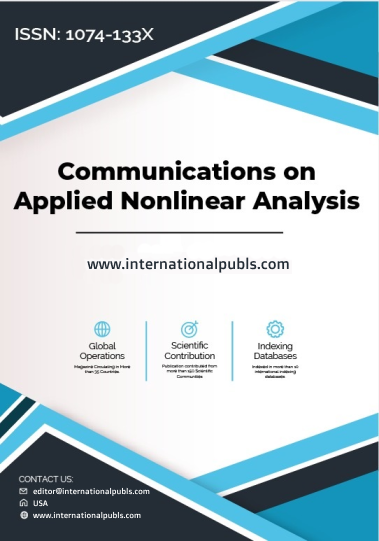Evaluating Deep Learning Approaches for Accurate Soil Moisture Prediction
Main Article Content
Abstract
Accurate humidity forecasts play an important role in agriculture. water resources management and environmental monitoring Traditional estimation methods such as ground sensors and remote sensing They are often limited by spatial and temporal resolution limitations. The emergence of deep learning techniques offers promising solutions to these challenges. By taking advantage of a variety of information sources. and extract meaningful patterns for immediate predictions. This study evaluates the performance of several deep learning models. These include convolutional neural networks (CNN), long-term memory networks (LSTM), Conv-LSTM architectures, and autopilot-based methods. With one level, two levels of accuracy. The research combines data sets from many sources. Combining remote sensing images In situ sensor data and meteorological parameters to create a consistent structure Data preprocessing involves preserving missing values. normalization and resource selection to guarantee model robustness. Each model is optimized by adjusting hyperparameters and evaluated using key performance measures such as Root Mean Squared Error (RMSE), Mean Absolute Error (MAE) and Mean Absolute Percentage Error (MAPE). The results show that the Transformer model outperforms other approaches, achieving lower RMSE and MAE while maintaining interpretability and computational efficiency. The study also highlights the role of spatio-temporal feature extraction in improving forecast accuracy. and emphasizes the importance of real-time anomaly detection and forecasting resources. Comparative analysis reveals the strengths and limitations of each model. It provides insights into suitability for different applications. This research emphasizes or the potential for deep learning. Future work will include additional data sources, such as single types and topographies. and explore centralized learning for graded use. These findings contribute to the development of state-of-the-art methods. It bridges the gap between innovation in research and practical applications in environmental sustainability.
